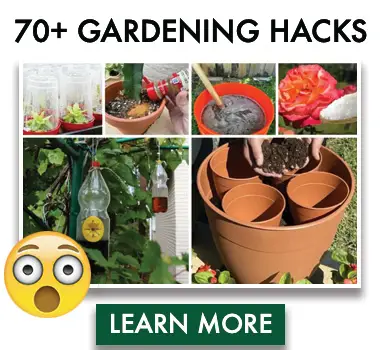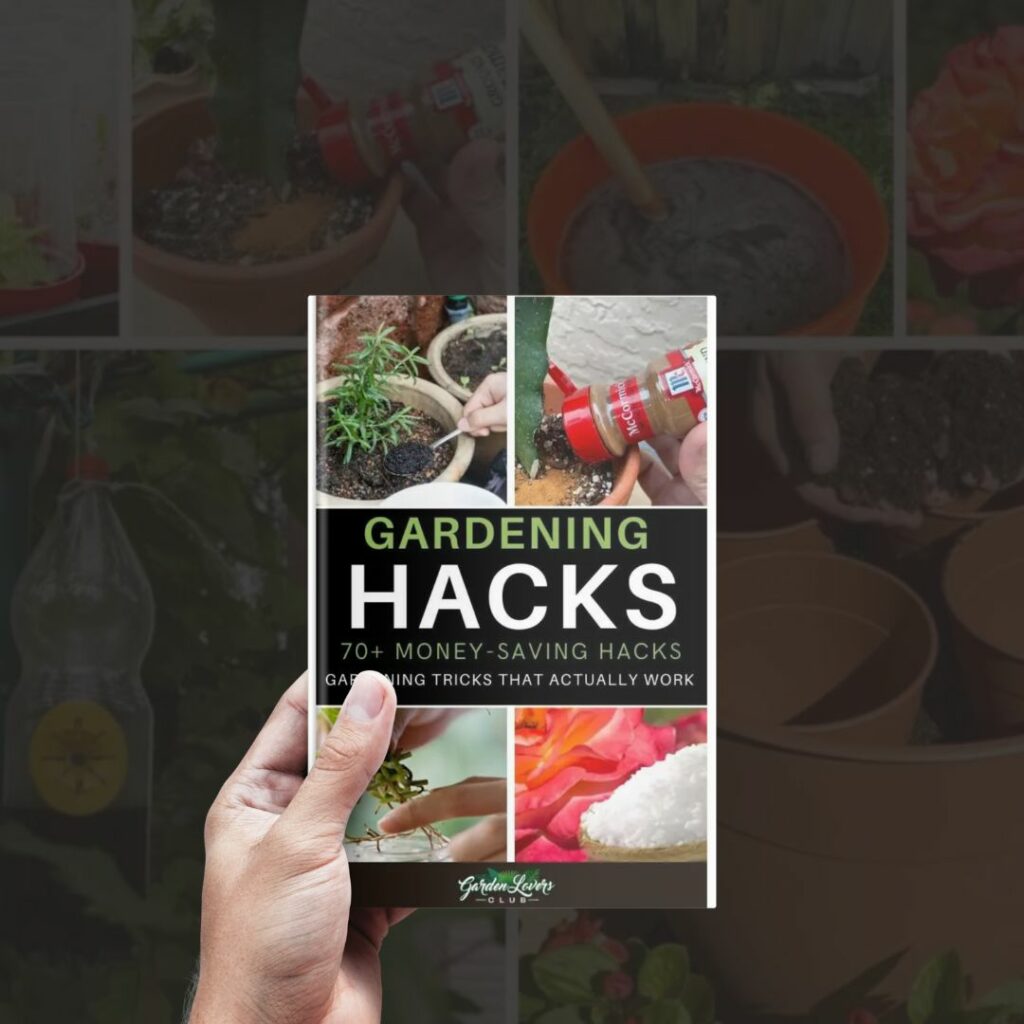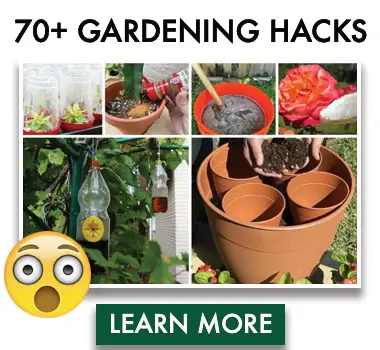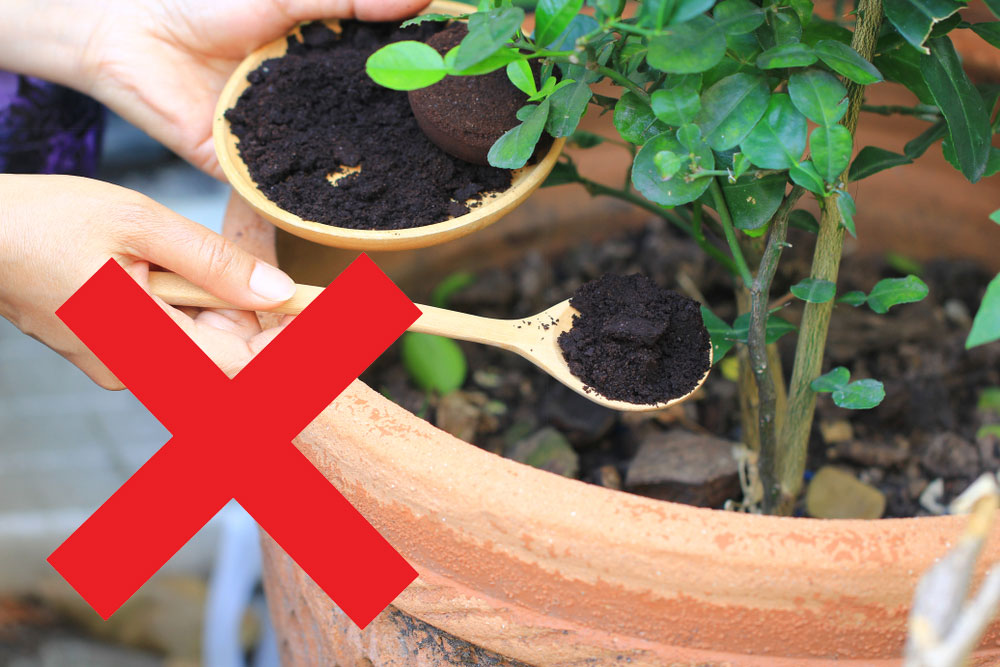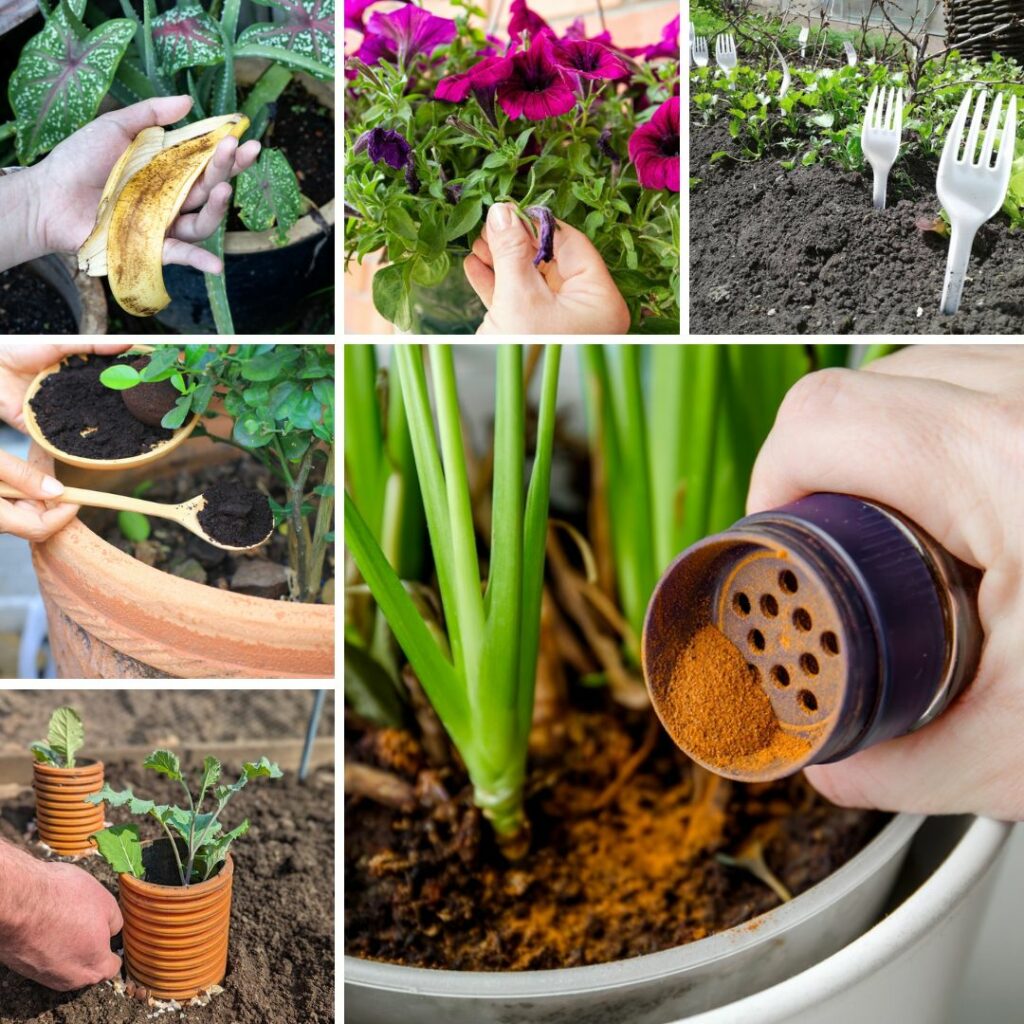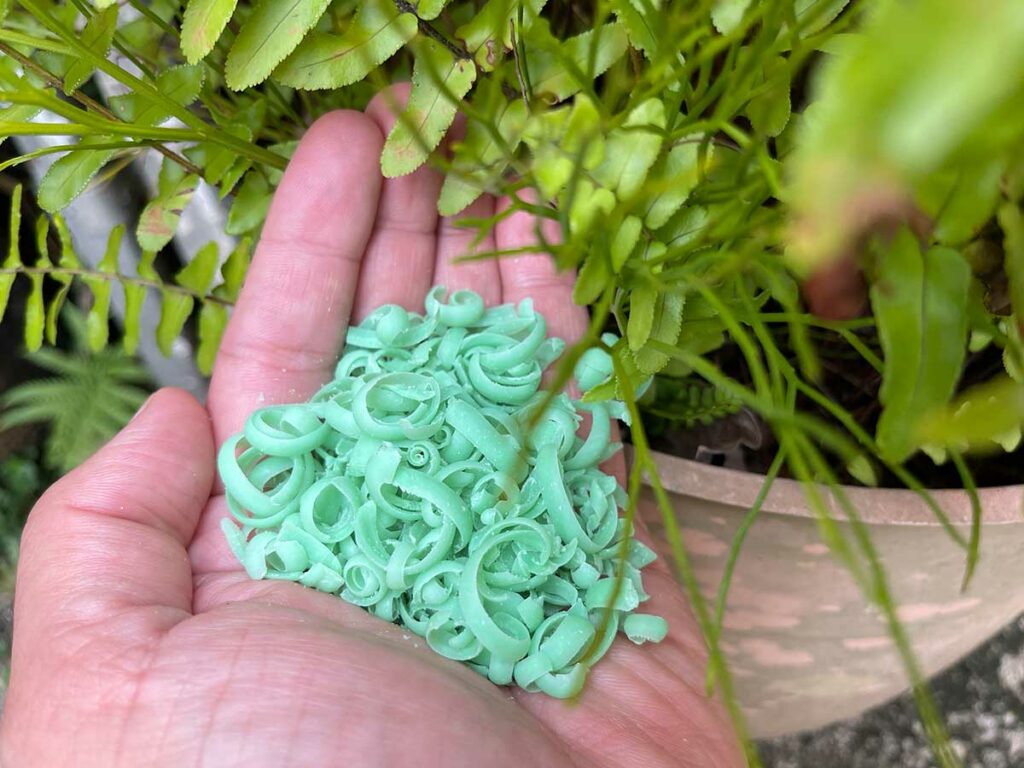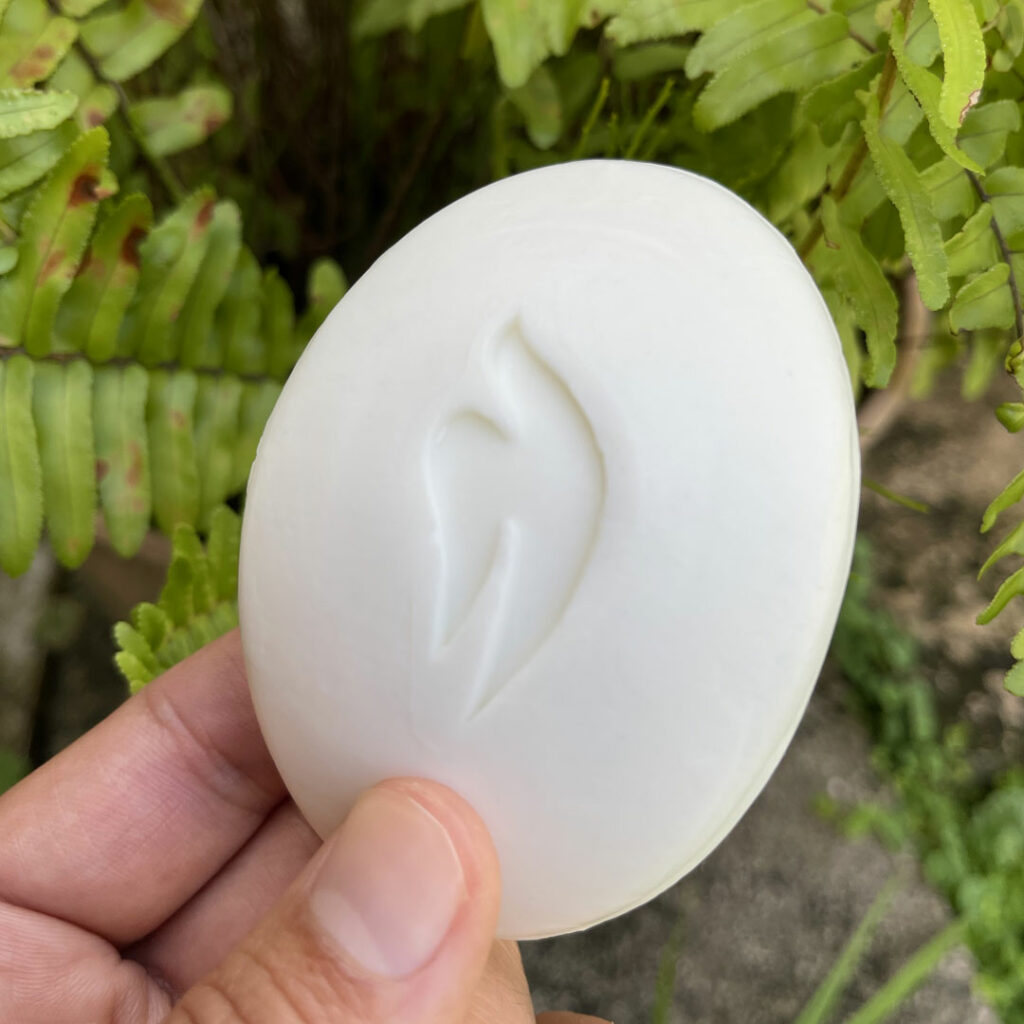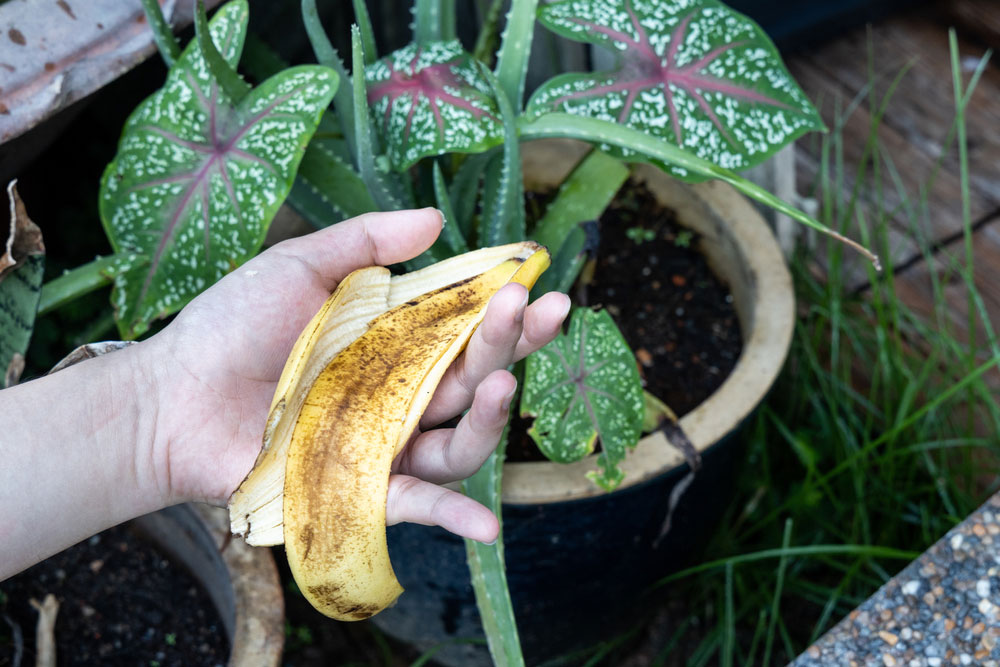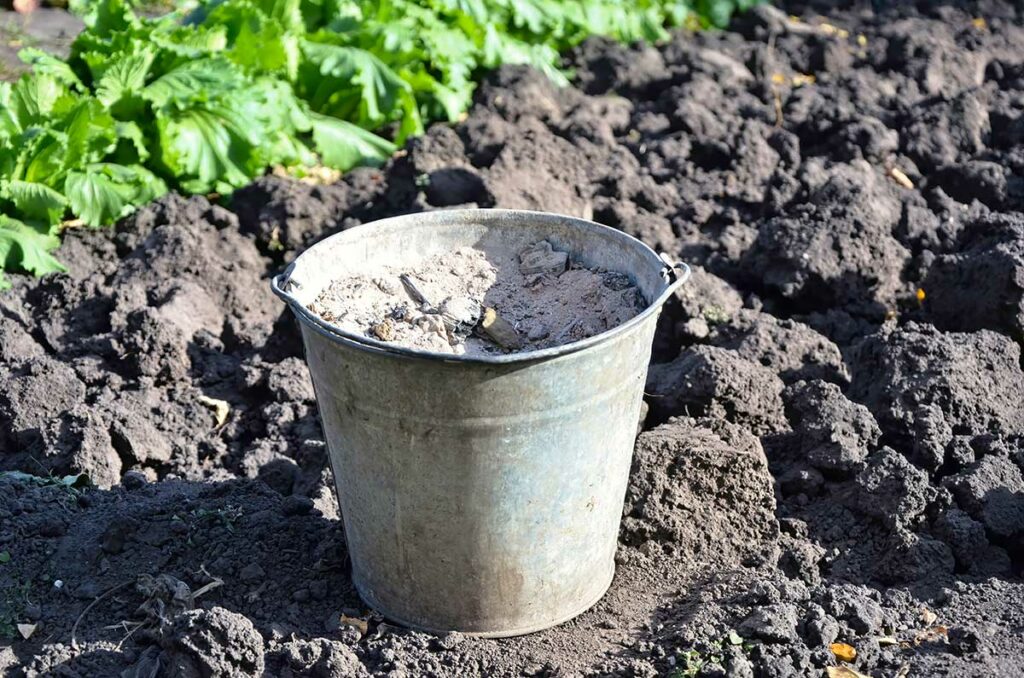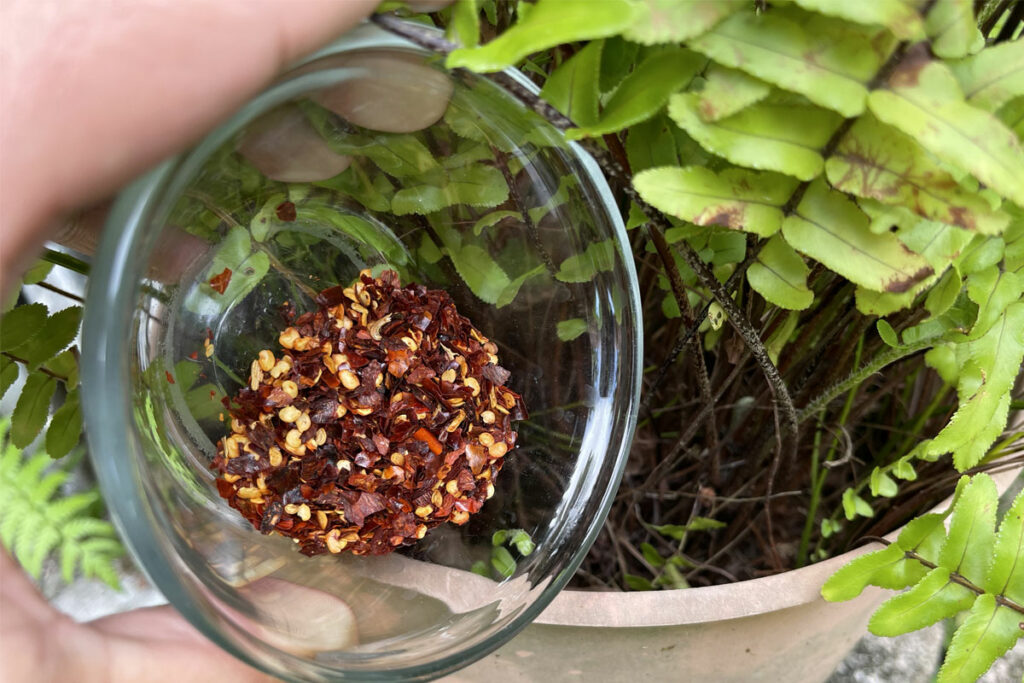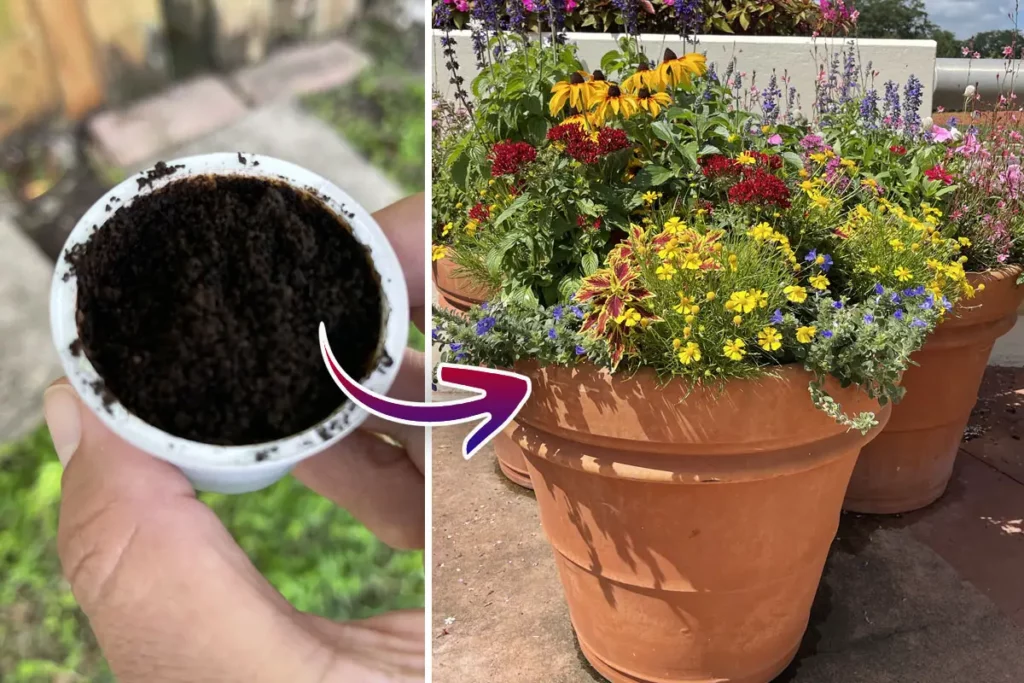
As a coffee lover and a gardener, I am always looking for ways to combine my two passions. One of the most surprising discoveries I have made is that coffee grounds can be used as a fertilizer for plants. This natural and sustainable fertilizer can be a great addition to any garden, and it has several benefits over traditional fertilizers.
First of all, coffee grounds are a rich source of nitrogen, which is essential for plant growth. They also contain other important nutrients, such as phosphorus, potassium, and magnesium. When added to soil, coffee grounds can help improve soil structure, increase water retention, and promote healthy root growth.
Another great thing about using coffee grounds as fertilizer is that they are readily available and free. Many coffee shops and restaurants are happy to give away their used coffee grounds, which would otherwise end up in landfill. By using coffee grounds in your garden, you are not only helping your plants, but also reducing waste and promoting sustainability.
Benefits of Using Coffee Grounds as Fertilizer
Coffee Grounds as a Natural Fertilizer
I have been using coffee grounds as a natural fertilizer for my plants for quite some time now, and I must say, the results are impressive. Coffee grounds are rich in nitrogen, which is an essential nutrient for plant growth. Nitrogen is responsible for the green color of plants and helps in the production of chlorophyll, which is vital for photosynthesis.
Coffee grounds also contain other essential nutrients like phosphorus, potassium, and magnesium, which are necessary for healthy plant growth. These nutrients are released slowly over time, providing a consistent source of nutrition for the plants.
Nutrients Found in Coffee Grounds
When it comes to fertilizing plants, it’s essential to know what nutrients they need. Coffee grounds are an excellent source of nitrogen, phosphorus, potassium, and other micronutrients that plants need to grow. Here’s a breakdown of the nutrients found in coffee grounds:
| Nutrient | Amount per 100g of Coffee Grounds |
|---|---|
| Nitrogen | 2.28g |
| Phosphorus | 0.06g |
| Potassium | 0.6g |
| Magnesium | 0.07g |
As you can see, coffee grounds contain a significant amount of nitrogen, which is essential for plant growth. However, it’s essential to use coffee grounds in moderation as too much nitrogen can harm plants.
Overall, using coffee grounds as fertilizer is an excellent way to provide your plants with the essential nutrients they need to grow healthy and strong. Plus, it’s an eco-friendly way to recycle used coffee grounds and reduce waste.
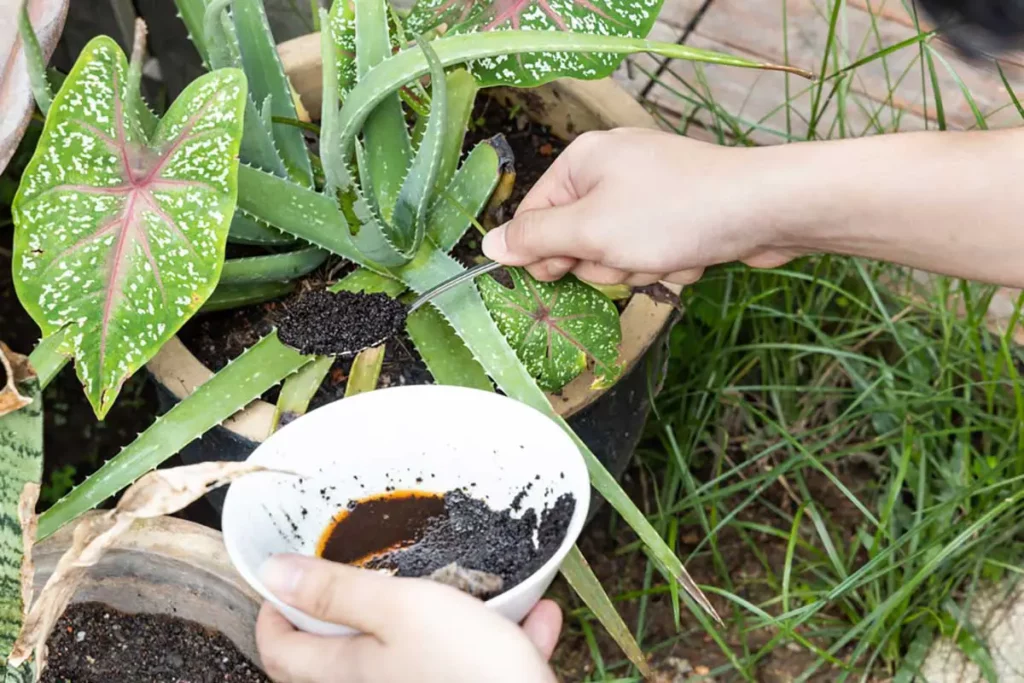
How to Use Coffee Grounds as Fertilizer
Preparing Coffee Grounds for Use
I’ve found that using coffee grounds as fertilizer is a great way to give my plants a boost. However, before using coffee grounds, it’s important to prepare them properly. First, I make sure to let the grounds dry out completely. This prevents mold from forming and also makes it easier to apply the grounds to the soil. I spread the grounds out on a baking sheet and let them air dry for a few days.
Once the coffee grounds are dry, I mix them with other organic matter, such as leaves or grass clippings. This helps to balance out the acidity of the coffee grounds and provides a more balanced nutrient source for my plants. I use a 2:1 ratio of other organic matter to coffee grounds.
Application Methods
There are a few different ways to apply coffee grounds to your plants. One method is to sprinkle the grounds directly on top of the soil around your plants. I do this with my potted plants and then gently work the grounds into the soil with a small hand rake.
Another method is to mix the grounds into the soil before planting. I do this with my vegetable garden, mixing the coffee grounds with the soil in each planting hole.
It’s important not to use too much coffee grounds at once, as this can create an overly acidic environment in the soil. I use no more than a quarter-inch layer of coffee grounds at a time, and I only apply them once every few weeks.
Finally, I make sure to water my plants thoroughly after applying the coffee grounds. This helps to distribute the nutrients evenly throughout the soil and ensures that my plants get the most benefit from the fertilizer.
70+ EASY Money-Saving Gardening Secrets
Filled with practical, money-saving, and easy-to-implement gardening tips and tricks that will make your green thumb shine.
No matter your skill level, get everything you need to know to make your garden thrive like never before.
LEARN MOREPotential Risks and Precautions
As with any type of fertilizer, there are some potential risks and precautions that should be taken when using coffee grounds in your garden. Here are a few things to keep in mind:
Acidity Levels
One of the main concerns with using coffee grounds as fertilizer is that they can be quite acidic. While some plants, such as blueberries and azaleas, prefer acidic soil, others may not tolerate it as well. It’s important to test the pH of your soil regularly to ensure that it remains within the appropriate range for your plants. If you find that your soil is becoming too acidic, you may want to cut back on the amount of coffee grounds you are using.
Overuse of Coffee Grounds
While coffee grounds can be a great source of nitrogen for your plants, it is possible to overdo it. Using too many coffee grounds can actually harm your plants by creating a nitrogen imbalance in the soil. It’s best to use coffee grounds sparingly and mix them with other types of organic matter, such as compost or manure.
Pets and Coffee Grounds
While coffee grounds are generally safe for use in the garden, they can be harmful to pets if ingested in large quantities. If you have pets that like to dig in your garden, it’s important to keep them away from areas where you have used coffee grounds. You may also want to consider using a physical barrier, such as a fence, to keep your pets out of your garden altogether. Overall, using coffee grounds as fertilizer can be a great way to give your plants a boost of nutrients. However, it’s important to use them wisely and take the necessary precautions to ensure that they don’t cause harm to your plants or pets.
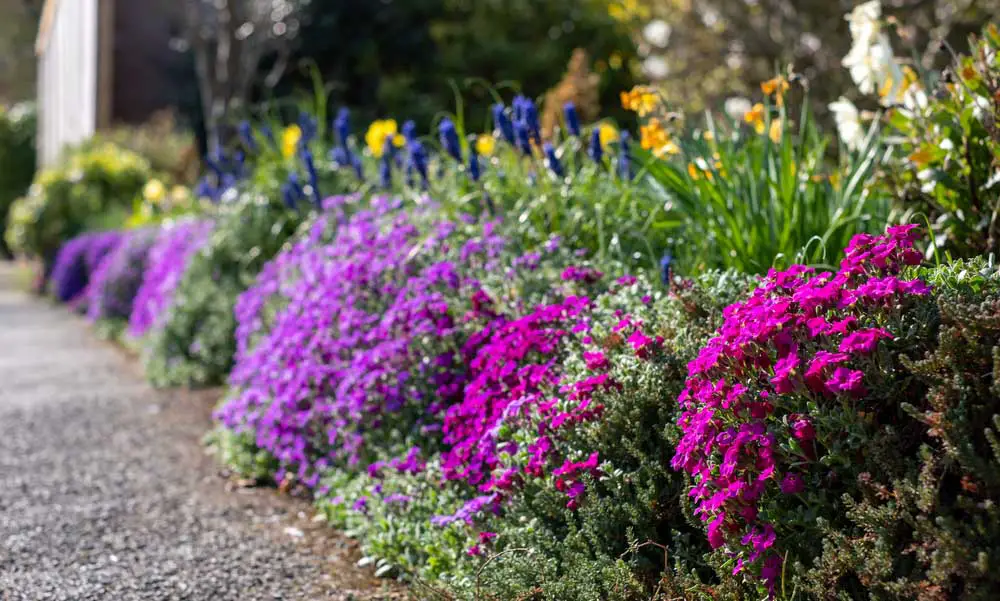
Conclusion
As a coffee lover and gardener, I was thrilled to learn that coffee grounds can be used as a fertilizer. Not only is it an easy way to repurpose a common household item, but it’s also an eco-friendly alternative to chemical fertilizers.
After researching and testing coffee grounds on various plants, I can confidently say that they are a great addition to any garden. Not only do they provide essential nutrients like nitrogen, potassium, and phosphorus, but they also improve soil structure and attract beneficial insects like earthworms.
While coffee grounds can be beneficial, it’s important to use them in moderation and with caution. Too much coffee grounds can make soil too acidic, which can harm plants. It’s also important to avoid using coffee grounds on plants that don’t like acidic soil, like tomatoes.
Overall, using coffee grounds as fertilizer is a great way to give your plants a boost while reducing waste. Give it a try and see the difference it can make in your garden!

